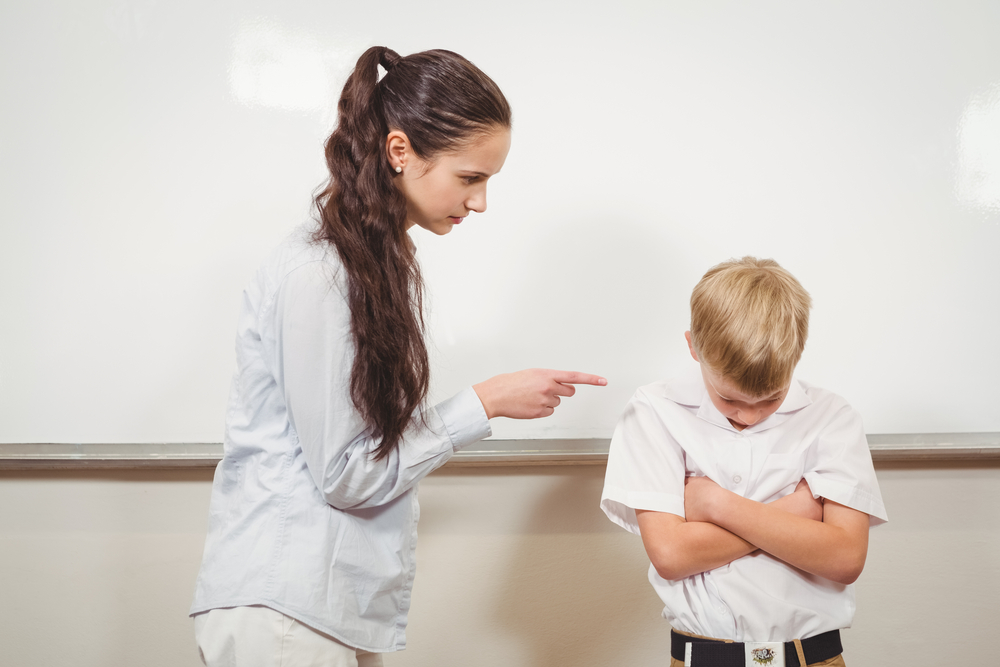Why is Creativity in Schools So Important?
Promoting creativity in schools improves many aspects of a child’s life, including emotional development, communication and health and wellbeing. So, what can you do as a teacher to foster this?
We’ll discuss all this in more detail so you can understand why creativity in schools is so important and then look at how you can start fostering a creative culture in your school.
- Emotional Development
- Communication
- Health and Wellbeing
- Future Opportunities
- Creativity Starts With Teachers
Types of Creativity In Schools
Before we discuss why creativity in schools is so important, let’s first clarify what we mean by ‘creativity’.
Creativity is a mindset that allows someone to solve problems, take risks and follow an inner passion — a set of skills and tools anyone can develop.
Examples of how students show creativity in schools:
- Discovering new ways to solve an academic problem such as a math equation
- Dealing with challenging social situations that result in a positive outcome
- Planning school events such as dances and fundraisers
- Expressing their personality through their appearance
Creativity can manifest in various areas of a student's life. Educators can greatly influence students' growth by identifying and nurturing their creative potential early in their academic journey. Let’s explore how.
Emotional Development
When children are encouraged to express their creativity, their emotions naturally shine through. As they do this, they learn to put a name and meaning behind which emotions they’re feeling. Identifying which emotions children are feeling is one of the first steps in social and emotional learning.
Once a child understands which emotions they are feeling, they learn how to communicate and express those emotions healthily and productively — but this path would be much more difficult if they never had a creative means to express their emotions.
Communication
Even in adulthood, it can be challenging to communicate your emotions, especially when they are complex. Children have these same complex emotions but a much smaller vocabulary than adults, making it difficult and frustrating to communicate their feelings.
When frustration builds up, children may act out or shut down, communicating to a teacher or parent that something is off and needs to be solved. However, this method of communication could be more sustainable, and children must learn alternative and more effective ways to communicate their needs.
If children are encouraged to express their creativity in schools from a young age, they will have a creative means to communicate their emotions. Usually, they will have to communicate their feelings to themselves through creativity first, understand them, and then communicate them to whoever needs to know — teachers, family and friends.
When children are understood, they can continue to develop knowing that their emotions are normal and not something to be afraid of or kept to themselves.
Health and Wellbeing
By incorporating creativity into students’ lives, they can improve their overall well-being and develop a more positive outlook. Numerous studies have shown that creative activities can “release stress and anxiety and lessen shame, anger and depression.”
When a child feels an emotion to a point where it’s negatively affecting their day, they need to find a way to release it. As adults, we have many ways to do this, whether working out, talking to a therapist or spending time in nature.
Children may not have the emotional maturity to find these outlets, so they need a different route that is more suitable for them. If students are encouraged to express their creativity in schools, they will feel more inclined to use creativity as an emotional outlet.
If they feel stressed or scared, engaging in creative activities that are encouraged and enjoyed can help them take their mind off their feelings and let the negative emotions pass over, leaving more room for positive feelings. In turn, the student's overall well-being will continue to improve.
Future Opportunities
When students are encouraged to express their creativity in school, they develop a creative mindset in all areas of life. They learn to think outside the box, which will help them create a life that suits them instead of following others.
The variety of future opportunities is endless when children have a creative mindset. Of course, creative career fields open up since the student has developed confidence in creativity and discovered an area they enjoy.
Since the COVID-19 pandemic, the creative economy is one of the most rapidly growing sectors today. This is amazing news for students who already show an interest in the creative field as they will have a broader range of career paths to explore.
However, whether in a creative field or not, encouraging students to discover and develop their creativity from a young age can benefit all careers. For example, a doctor may have to get creative to deal with an emergency if they don’t have the usual assistance or tools to do what they need to resolve the situation.
Creativity Starts With Teachers
Teachers must foster creativity in their lesson planning because creativity can positively affect a student's wellbeing.
So, as a teacher, this doesn’t mean that you have to pencil in more arts and crafts time. Instead, embrace a few strategies in the classroom that will encourage creativity amongst your students. Here are some ideas:
- Create a safe environment: Since creativity needs acceptance, your students need to feel safe to express themselves around you and their peers.
- Ask more questions: When a student shows interest in something, ask them why they are intrigued and see if they are interested in exploring the subject further.
- Encourage autonomy: Instead of deciding for yourself what is “good” or “bad” and projecting that onto your students, give feedback that encourages independence.
- Don’t outcast the “trouble makers”: Students who often choose to do things their way are already showing signs of creativity within that behaviour. Although you need to teach them certain behaviour is inappropriate, get creative and see if you can re-channel their energy in a way that suits them.
- Debunk the creativity myths: Students must understand that creativity is more than drawing and painting. Help them know it’s used in all aspects of life.
Teachers are major role models in a child’s life — they observe you almost daily, which ultimately moulds their development. They will notice if you have a creative way of being and try to adapt your way of thinking to see if it works for them, too.
By finding a healthy balance between structure and creativity, you will create an environment that encourages students to develop individually, boosting their self-confidence and allowing them to thrive as they progress through their lives.
If you'd like to learn about the UK education sector including issues such as pupil wellbeing and so much more then please do come along to the SAAShow in London on the 1st May.
The Schools & Academies Show stands as the education community’s largest one-stop shop, offering everything you need to further strengthen your strategic business and school improvement plans for a lasting impact. You can find out more information here: https://www.schoolsandacademiesshow.co.uk/ or register by clicking on the banner below.


.png)

